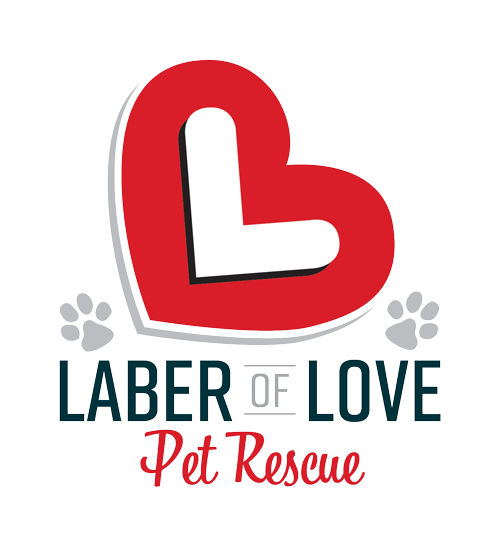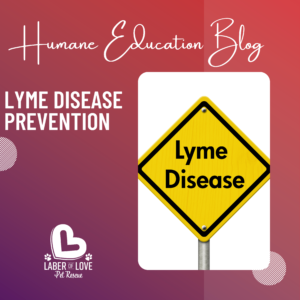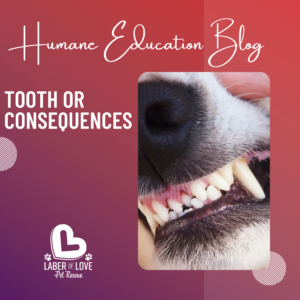
Bringing home any new dog can come with challenges, senior dogs are no exception. However, one benefit of senior dogs is many of them are already housetrained (to me that is a huge benefit!) That is not always the case, though. And even if it is, the dog may need a refresher when entering a new home. So how do you potty train a senior dog? It is much the same as any other dog, but there can be some subtle differences. One is how stubborn the dog is or how willing to learn. I’ll be the first to admit some seniors are really stubborn, like our little sassy girls Heaven and Nevaeh. However, some are so eager to please that potty training is a breeze! The other consideration with senior dogs is health issues. If potty training doesn’t go as planned, it is always a good idea to visit your vet to make sure there aren’t any underlying health issues. Urinary issues become more prevalent as our pets get older and affect their frequency of urination and the urgency with which they need to go. Kidney issues can also have an effect. There are other health issues that cause “leakage” and hinder the pet’s ability to even know when they are urinating. It’s very important to be aware and talk to your vet if you are seeing any of these issues. Personally, I use a combination of a crate/playpen and keeping the dog tethered to me when I first bring a new one home to potty train. This gives me more control over where the dog goes and what the dog does. I can also keep a close eye on them and start to recognize their “cues” shown when they need to go potty. Some dogs prance around, some start sniffing more, some turn circles and some start staring at me more. Seems every dog has a different “cue”, and it’s important to recognize your dog’s. Keeping the dog tethered to you also helps form a bond with the dog. I treasure the bond that I make with each and every one! This combined with frequent trips outside and establishing a schedule are the keys to my household. Unfortunately, potty training isn’t always a possibility for senior dogs though. This may be because of past experiences that we know nothing about or because of health issues. If that is the case for you and your dog, there are tools that can help! Diapers, belly bands, and puppy pads have been life savers (and flooring savers) for Laber of Love fospice parents! Hopefully, the attached article can help you if you choose to bring home a senior pet. Be patient, don’t give up. The love of a senior dog is well worth a little time, angst, paper towels, and floor cleaners! https://www.petmd.com/dog/training/ins-and-outs-potty-training-older-dogs-0?
Nicole Laber, Fospice Mom and Board Treasurer












